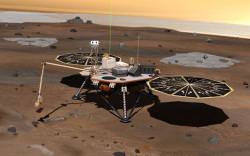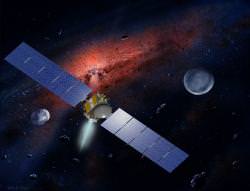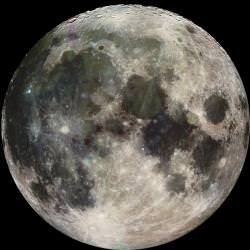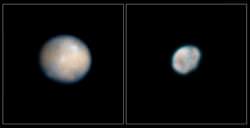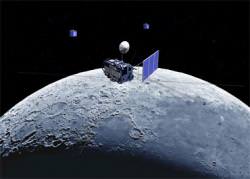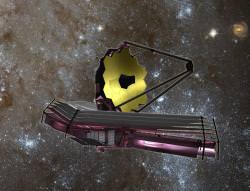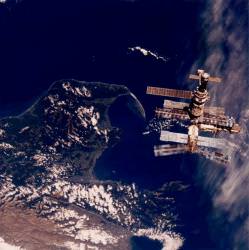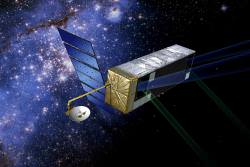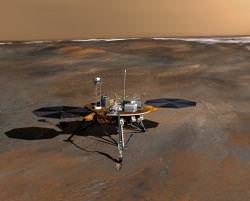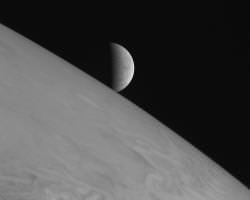Since the launch of the Mars Phoenix Lander is just around the corner, I thought I’d give you a quick explainer on the mission.
So, let’s get into it. Meet NASA’s Mars Phoenix Lander. Scheduled for launch on August 3rd, this mission will blast off from Cape Canaveral atop a Delta II rocket. It’ll take almost 10 months to reach Mars, entering the atmosphere in May, 2008.
The spacecraft is equipped with a pulsed thrust system to slow its descent through the atmosphere. Its landing system is pared down to the bare essentials to maximize the amount of scientific equipment it can land with. It doesn’t have an airbag system like the rovers, and instead will use parachutes and thrusters to land gently on the surface on its three landing legs.
Unlike the Mars rovers currently crawling around the surface of the Red Planet, Mars Phoenix Lander will be stationary. Once it touches down in the Martian polar regions, it’ll live out the rest of its days searching from that position.
Its purpose is to determine if life ever arose on the surface of Mars, or even there’s life there today. Although the surface of Mars is cold, dry, scoured by wind and dust, and blasted by radiation from the Sun and space, just underneath the topsoil, there could water ice and even life, protected from the harsh elements.
The Phoenix Lander will use its 2.3 metre (7.7 feet) folding arm to dig down into the Martian soil around its landing site. NASA’s Mars Odyssey spacecraft revealed that there are large deposits of water ice just a few centimetres beneath the surface of Mars. The Phoenix Lander should be able to break through into this crust, and see if there’s anything alive down there.
The robotic arm will lift the soil samples up onto the main spacecraft deck so that a suite of scientific instruments can examine it for evidence of life. One will heat the samples, and measure the kinds of gases given off. Another will analyze the chemistry of the soil itself.
In addition to its search for evidence of past and present life, Mars Phoenix Lander will serve as a Martian weather station, following changes in the polar regions to help scientists predict weather patterns on the Red Planet.
Good luck Mars Phoenix Lander.
Original Source: NASA/JPL News Release

